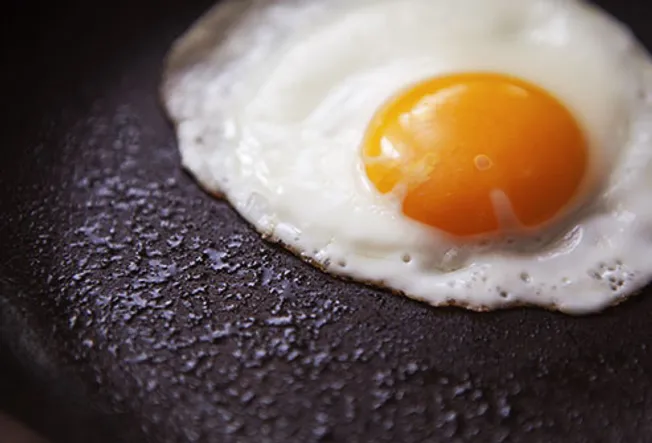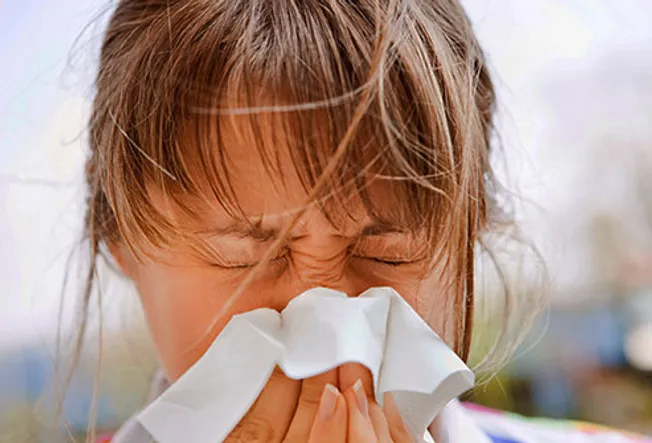Each friend represents a world in us, a world possibly not born until they arrive, and it is only by this meeting that a new world is born.
―Anaïs Nin
Positive relationships form the foundation of a happy, rewarding life.
If your time and energy is misspent on the wrong relationships, or on too many activities that force you to neglect your good relationships, you can end up in a tedious cycle of fleeting friendships, superficial romances that are as thrilling as they are meaningless, and a general sense of wondering why you always seem to be running in place, chasing affection.
How do you building healthy, lasting relationships? How do you find friends that lift you higher? How do you meet a significant other that belongs at your family reunions?
How do you meet the right people?
Final Reminder: We recently released the
Audio Book for
1,000 Little Things Happy, Successful People Do Differently. And we also have a limited time bundle of our eBook, audio book and bonus material on sale for a big discount.
Click here to check it out!
1. Learn to enjoy your own company.
Ironically, the prerequisite to building healthy relationships is being comfortable when you’re all by yourself. If you’re starting fresh, with a minimal number of friends in your immediate vicinity, the reason for this is obvious: spending time alone is your only option. Likewise, if you have
friends that have been dragging you down and negatively impacting your life, withdrawing from them and starting anew will likely require a bit more alone time.
Appreciating solitude starts with the conscious awareness of the freedom it brings. When you enjoy your own company you don’t need others around for the sake of having others around. You can be flexible about who you choose to spend time with, instead of letting your fear of being alone suck you into social situations and relationships that aren’t right for you.
It’s also important to note that being desperate for the company of others will hinder your ability to authentically interact and communicate. You’ll be more worried about achieving external validation instead of just letting your truth flow and being open to establishing honest human connections.
Try to spend some time alone every day on a solo project that interests you – reading, writing, painting, coding, etc. The goals is to get to the point where you are just as happy staying in as going out, as long as you keep a healthy balance between the two.
(Read The Mastery of Love .)
.)
2. Get in touch.
A big part of meeting the right people is reacquainting yourself with the good people you already know. It’s all about initiating friendly interactions, instead of waiting for others to make the first move. I bet you can think of several people that you have been terrible at keeping in touch with. These might be extended family members, old college friends, previous coworkers who you enjoyed spending time with, or even current friends whom you rarely talk to.
Dig back into your past and make a list of people you wish you had stayed in better touch with. Then contact them. An email or text message might work best to break the ice if you’re contacting someone you haven’t talked to in a while. If you have lost a person’s contact information, Google them, or look them up on Facebook, Twitter, LinkedIn, Google+, etc. Or perhaps you have a mutual friend or acquaintance who can put you in touch.
This practice might sound overly simple, or even a bit silly, but taking the initiative and reaching out to relationships is almost always appreciated. The return on investment for the short amount of time it takes you to send some emails and texts, and hopefully make a few phone calls and lunch dates, is huge: HEALTHIER RELATIONSHIPS. You’ll be left asking yourself: “Why didn’t I do this sooner?”
3. Be generous and help others.
You have two hands, one to help yourself and the second to help those around you.
It’s one thing to take the initiative with people you already know, but what about all the people around you whom you barely know?
Be friendly and introduce yourself to someone nearby. When you’re connecting with someone new always start with generosity. Focus on how you can help the other person. Do you have information that could benefit them? Do you have a skill that could assist them through their current situation? Do you know someone who they should meet?
One of the best investments you can make in yourself is to take a genuine interest in other people. The more you help others, the more they will want to help you. Love and kindness begets love and kindness. And so on and so forth…
(Angel and I discuss this in more detail in the Relationships chapter of 1000 Little Things Happy, Successful People Do Differently.)
4. Join an active community of likeminded people.
The best places to plant new seeds of friendship are at local, organized meet-ups on a particular topic that interests you. A meet-up might be a professional association, a community focus group, a fitness class, a weekly group meditation hour, or any other gathering of people who share a common passion.
The easiest way to find a community to join is to make a list of your core passions and keywords that represent them. Think about everything you enjoy and every issue that has meaning to you. For example:
- personal development
- spirituality
- blogging
- software development
- graphic design
- acoustic guitar
- meditation
- yoga
- cooking
- etc.
Just let loose, open your mind and do a brain dump onto a piece of paper. When you’re finished, head to
Meetup.com, type in your keywords and see what you can find. Alternatively, add the name of your city to your keywords and use them as a Google search query (for example: “cooking class Austin”). This will help you find local meet-ups, social groups, bloggers, businesses, and events related to these topics.
What if you can’t find a meet-up group that fits your needs? Start one. Of course, the disadvantage of being a founder and organizer is that it takes a little more time and energy. The upside, however, is everything else.
Finding the right group of people that share your passions and interests may require some dedicated research, but it’s worth it. A shared passion is the most effective component in building positive, lasting relationships. (Read
Never Eat Alone
.)
5. Reach out to leaders and mentors.
About six months ago, Angel and I were in the process of mind mapping ideas for launching our book, 1,000 Little Things, and researching ways to take our blog to the next level. We started reading and watching material from
Derek Halpern,
Ramit Sethi, and
Lewis Howes, three down-to-earth guys that are masters in the ‘blogging as a business’ space. We took inspiration from each of them and gradually implemented their ideas for our book launch.
Then I thought: “Why not email them?” So I did.
And they all replied.
Next thing you know, we’re exchanging emails and tweets, and then when Angel and I were visiting New York City last month (where they all live), we got in touch and we all got together for a fun Sunday brunch.
The lesson here is: don’t limit yourself. Take a look at the blogs you have bookmarked, the email lists you subscribe to, or even your bookshelf, for example, and ask yourself: Which of these bloggers, authors, and entrepreneurs might I like to get to know? And then reach out to them.
Bloggers, authors and Internet entrepreneurs in particular seem to be more easily accessible by email and social media than other public figures. Obviously, you may never meet or even get a personal response from some of the people you contact this way, but it’s still fun to make an attempt, and you never know what will happen. You just might make a solid connection with
someone that inspires you.
Nowadays Angel and I make it a point to email at least one person every month whom we would love to know more about, and whom we might normally consider out of reach. More than half of these people have replied back to us.
Final Thoughts
If you feel like you could use some help in the social arena, why not make today the day you choose to break out of your shell and reach out to the wonderful people around you?
The floor is yours…













